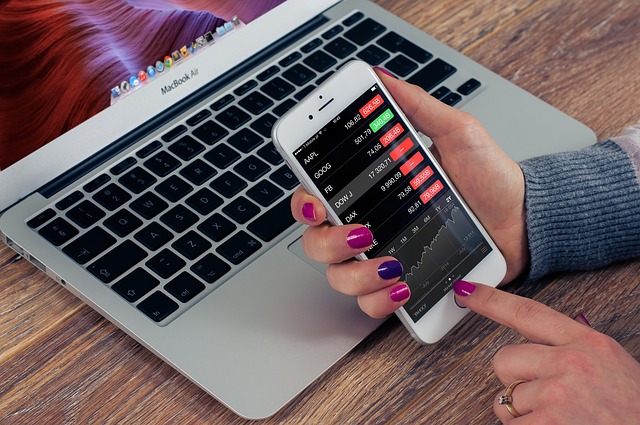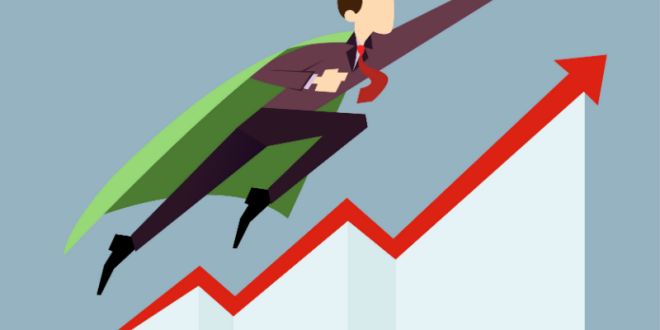Saving money and investing is the foundation to your financial success. Some of the world’s richest have built their wealth by investing it wisely from the get-go. I may not be among the richest, but as soon as I paid off my debt and started saving, I placed it all into investments. Since then, it’s been a roller-coaster ride with more highs than lows.
Who should invest their savings?
It’s a common misunderstanding among many individuals that they require thousands of dollars to invest in the financial market. It’s certainly not true and you can start investing with whatever small amount you have saved from your regular income. You can open an online trading account with as little as $500 as minimum deposit. If you are not sure whether you need to save money or invest, you should do both at same time. You should clearly identify your financial goals and assess your current economic situation before making an investment decision. You should start saving as much as you can from your regular income and plan for long-term investments.
How can you save money for investment?
In order to save money, you should plan your monthly budget and determine the regular monthly expenses. After paying all your monthly bills, how much money you put to your savings account is very important. You should avoid any unnecessary expenses and follow your budget strictly. You will also get some interest from the bank on your savings account which will keep growing as your savings build up. Once your savings reaches a decent sum you can start investing by opening a trading account.

Which investment options are available?
There are various methods to invest in the financial market which includes stocks, bonds, ETFs, mutual funds, foreign currency and commodities. You should know how to choose from different asset classes and plan your investments wisely. Before making investment decision you should access your financial situation thoroughly and decide your investment strategy based on risk tolerance, duration of investment and the investment capital.
Once you have opened a trading account you should choose from a mix of different asset classes such as stocks, bonds and commodities. All these asset classes move up and down during various market conditions and by maintaining a diverse portfolio, you can protect yourself from market fluctuations. Asset allocation is an important technique in investment because even if one of the asset classes falls, you can counteract your losses by investing in another asset category with better returns. For example, commodities like gold and silver perform well and move up when stocks are falling down. So by investing in both asset classes, you will minimize the risk and enjoy decent returns on investment.
Also you should keep watching the market news and follow the trends in order to become a successful investor. You can also invest in mutual funds or Government bonds with regular income and long term gains. Mutual funds are financial instruments run by professional managers who research on various investment opportunities like bonds, stocks or commodities and choose the ones which are most profitable. Bonds are financial tools which promise to pay the bearer a fixed interest every month and will repay the principal amount during the time of maturity of the bond.

A few tips to guide your path
You should also understand the principle of compounding which involves reinvesting your earnings from returns of an earlier investment. This will help you to grow the investment capital and enjoy long term benefits. So whatever returns you get from an investment, you should save it and invest again. For example, if you get dividends from a stock, you should invest that amount for purchasing new stocks.
The financial market is always volatile and you can expect downturns frequently. You should keep adding small amount of your savings to the investment capital even when market is not doing well in order to gain long-term profits. You should keep saving money regularly and add more funds to your investment portfolio to average out the cost of your assets which is termed as dollar-cost averaging. By putting a fixed amount of money into a certain stock every month, you can reduce the price per share and gain higher returns when the stock price goes up.
Whenever there is a change in market conditions, you should consider rebalancing your asset portfolio so that you don’t focus on any particular asset and also maintain a comfortable risk level. The only factor you can control is the investment capital and duration you expect the returns. No matter how big is your investment portfolio, it would take minimum 7 years for your investment to double in the financial market. So you should have patience and long-term strategy to get decent returns. You should also maintain an emergency fund in your savings account in case of unexpected downturns in the market.
Have you invested your savings? Tell us about it below!
Thanks to Freepic for the featured image.
 All The Frugal Ladies Personal finance with a feminine touch
All The Frugal Ladies Personal finance with a feminine touch








